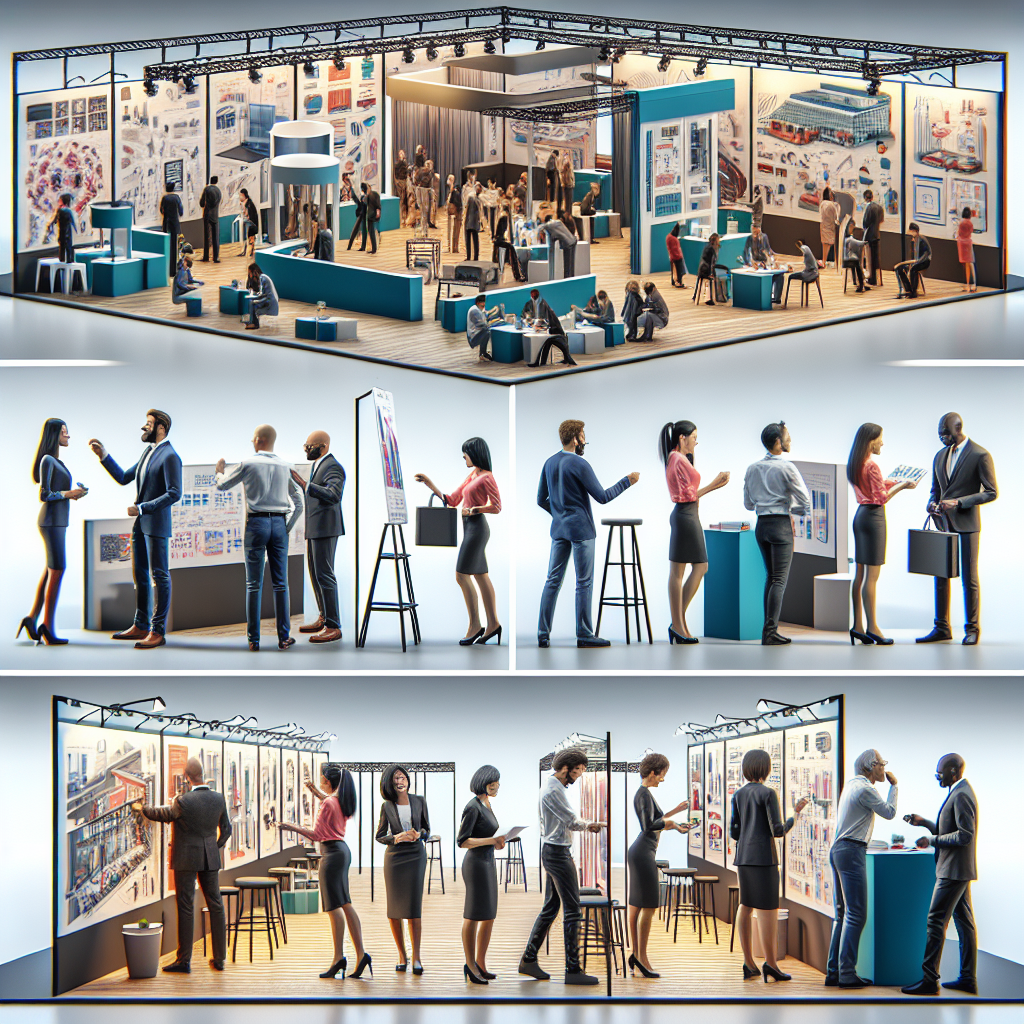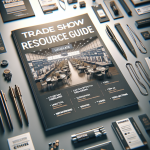5 Steps to Take Before Designing a Trade Show Exhibit
When it comes time to plan for a new trade show exhibit, you may not want to jump immediately into designing the specifics of the booth. Many of the booth’s details will depend in large part on the planning and visioning you complete before you ever sit down to discuss room sizes and display cases with your exhibit company. To help you create a display that works for your business’ unique needs, here are five steps to take before you hit the design phase of your trade show exhibit.
Select the events where you plan to use your trade show exhibit.
One of the first steps you need to take when thinking ahead to a new trade show exhibit is what events you plan to attend with it. For example, do you plan to go to just one or two events a year, or multiple shows? Multiple shows are more cost-effective when you are considering the costs of purchasing a custom exhibit.
In addition, it is likely that who your target audiences are will depend upon the show you attend. For example, a show focused on healthcare equipment is likely to draw different attendees than a show focused on healthcare professionals. Knowing which shows you want to attend, and who will be going, can help you narrow down the focus and messaging your trade show exhibit should have. And that can help you create a design that speaks persuasively to your target audiences.
Reserve your booth space and note any special space needs you have.
Once you know which trade shows you want to attend, you will need to reserve your booth space for each. Doing so well in advance (often a year ahead of time) will help you to lock in the lowest rates and save the best spaces for your trade show exhibit.
In addition to reserving your booth space, you will need to note any special space needs you have. For example, be aware of any oddities in the shape of the space, and any regulations from the venue that restrict the height of certain walls, limit the types of lighting you can use, and so forth. Know where your electrical outlets are, and how high you can hang materials. All of this information will allow you to design a trade show exhibit that does not break any rules or prevent you from fully using the booth on the day of the show.
Identify the target audience you want to reach with your trade show exhibit.
This step goes hand-in-hand with the first step of selecting which shows you plan to attend with your display. As mentioned above, every show will have different audiences you may wish to target. Determining who will be attending your chosen shows, and who from those groups you most wish to target, is important to developing a trade show exhibit that will attract qualified leads.
For example, that healthcare event focused on professionals may attract both executives and doctors. However, your business may be most interested in attracting the executives who have the power (and the budgets) to sign off on the purchase of your medical equipment.
Knowing who you want to target can help you to develop a trade show exhibit that speaks to their pain points, needs, and desires in order to convince them to come find out more about the medical equipment (or other products and services) your company has to offer.
Create your trade show exhibit budget.
The cost of a trade show exhibit can vary widely, depending upon the type of display you choose, its features, its size, and much more. For example, a custom-built 20×20 display is going to cost more than a 10×10 portable trade show display.
Knowing how much you can spend on making your exhibit dreams a reality depends on your budget. As a result, before you sit down to design your booth, create a comprehensive trade show budget. Do not forget to add in major expenses, like display transportation, space reservation costs, and airfare and lodging for staff, as well as hidden costs of a trade show, such as drayage, cleaning services, and rigging.
It is not uncommon to spend anywhere from 30 to 40 percent of your total budget on the display itself. These percentages can vary depending on factors such as custom trade show exhibits vs. rentals, the cost of the hosting city, the distance to travel, the number of staffers, and other factors. Once you have that number, you can work with your exhibit company to determine the best (and most affordable) trade show exhibit options for your budget.
Clarify your trade show exhibit strategy and vision.
Finally, you will need to clarify your trade show exhibit’s strategy and vision ahead of time. For example, using the information you have about your target audience and your own company’s needs, you should be able to build a picture of what you want to accomplish with your display. Setting specific attendance, lead, and messaging goals can help you both to measure the success of your trade show exhibit and allow you to develop a look that makes it easier for you to meet your goals.
At Imagecraft, you always have the chance to sit down with our design services and flesh out your vision for your exhibit. This meeting allows you to communicate your company’s unique brand values and needs, as well as the specific goals you have for your display, in order to ensure that we design just the right look for you.
Planning ahead can save you a world of frustration down the road. And with an investment as significant as a trade show display, you want to be sure that it will effectively serve your needs for years to come.



